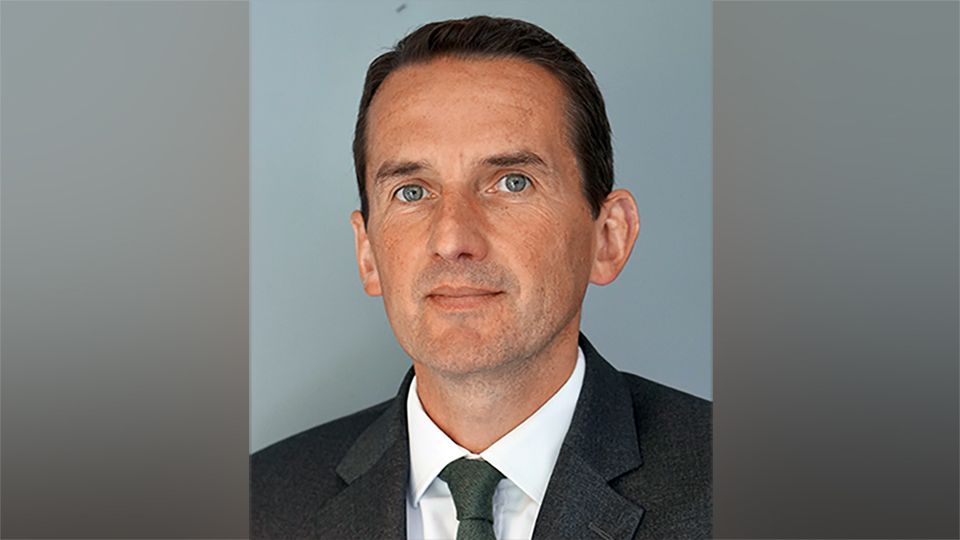The Science Based Targets initiative (SBTi) is under fire again, this time for adopting a definition of net zero that critics say “rules out SMEs”, which account for around 99% of businesses.
An issue is a “lack of flexibility” provided to small- and medium-sized enterprises (SMEs) in the SBTi methodology to define net zero.
Critics say while flexibility is granted to larger corporations regarding the reduction of Scope 3 emissions on an intensity-basis, SMEs are required to opt for the least flexible method to define net zero, know as ‘absolute contraction’ on all scopes.
The ‘absolute contraction’ method requires companies to reduce their absolute emissions by a total of 90% by 2050, while allowing them to offset their remaining emissions.
Chris Hocknell, director and owner of Eight Versa, which raised the criticisms in a new whitepaper, said: “We must allow companies making innovative green technologies space to breathe. Under the current SBTi framework, that is simply not possible.”
Hocknell said he wants to encourage businesses to think carefully about how they’ll transition towards net zero, “and not to just sign up to SBTi because it ‘looks good’”.
He added: “If you’re making a commitment to the SBTi framework, with no genuine plan for achieving it, or a proper understanding of what it means, then how is that different from greenwashing? We would call that ‘greenwishing’, and ‘greenwishing’ won’t help anyone.”
However, SBTi has hit back at the claims.
In a statement the body said: “SBTi standards are based on scientific evidence and pathways, including from the IPCC, IEA and GHG Protocol, and by what is needed to avoid the worst effects of what the UN secretary general Antonio Guterres described as ‘global boiling’.
“While the net-zero standard encourages companies to invest in mitigation beyond their operations, its priority and emphasis is on carbon reduction within every company’s own value chain.”
The SBTi, developed jointly by CDP, UN Global Compact, WRI and WWF, has garnered widespread adoption from thousands of large organisations around the world. It has become the primary reference point for achieving net-zero emissions globally, with the aim of limiting global warming to a maximum of 1.5°C
SBTi differentiates the primary reference point for corporates versus SMEs. Corporates, or businesses of over 500 employees are permitted the option to reduce their Scope 3 emissions on an intensity metrics basis.
The intensity metrics measurement would allow businesses to set an emissions target that is relative to an economic or operational variable, like kgCO2 emissions per £1,000 of turnover, for example.
Critics say this discrepancy, rooted in a “big business” and ‘“anti-growth” mindset, fails to acknowledge the specific needs and potential growth of SMEs, hindering their ability to set achievable emissions reduction targets.
Bill Baue, co-founder of the Sustainability Context Group, said SBTi’s methodologies are inferior to those of the Center for Sustainable Organizations’ (CSO), which SBTi has, he says, “illegitimately and irrationally” barred.
He said: “Methods such as CSO, which applies an economic allocation based on value add to GDP, simplistically speaking, would allow for rapid growth of small companies, in the context of a contracting carbon budget.
“This kind of functionality based on “ground truth” is far superior to the overly simplistic absolute contraction approach SBTi favours.” Absolute contraction “veers from the science”, according to Baue.
He also criticised SBTi for “translating the decarbonisation pathway into a straight line”, which he pointed out is “nowhere to be found in the science”, and for using an annualised percentage decrease which he said “erases the “ground truth” tracking of organic growth and contraction that happens in the real world”.
Fees and ‘greenhushing’
SBTi has been dogged by criticism in recent months, including for charging firms a fee for accreditation, and that it lacks ambitions in target setting.
Company targets are not visible on the SBTi website, potentially contributing to the phenomenon of ‘greenhushing’, where companies stay quiet about their climate strategies.
Last February, The New Climate Institute published a report, Corporate Climate Responsibility Monitor 2022, that appeared to find errors in the targets of 11 out of 18 corporates it analysed, although SBTi’s managing director Alberto Carrillo Pineda said at the time these had been corrected by an October 2021 change in methodology.
The report also questioned whether the SBTi had sufficient resources to give full credibility to the validation process. In January this year, SBTi hired Maria Outters as the initiative’s first chief impact officer as part of CEO Luiz Amaral’s plans to expand the executive leadership team.








